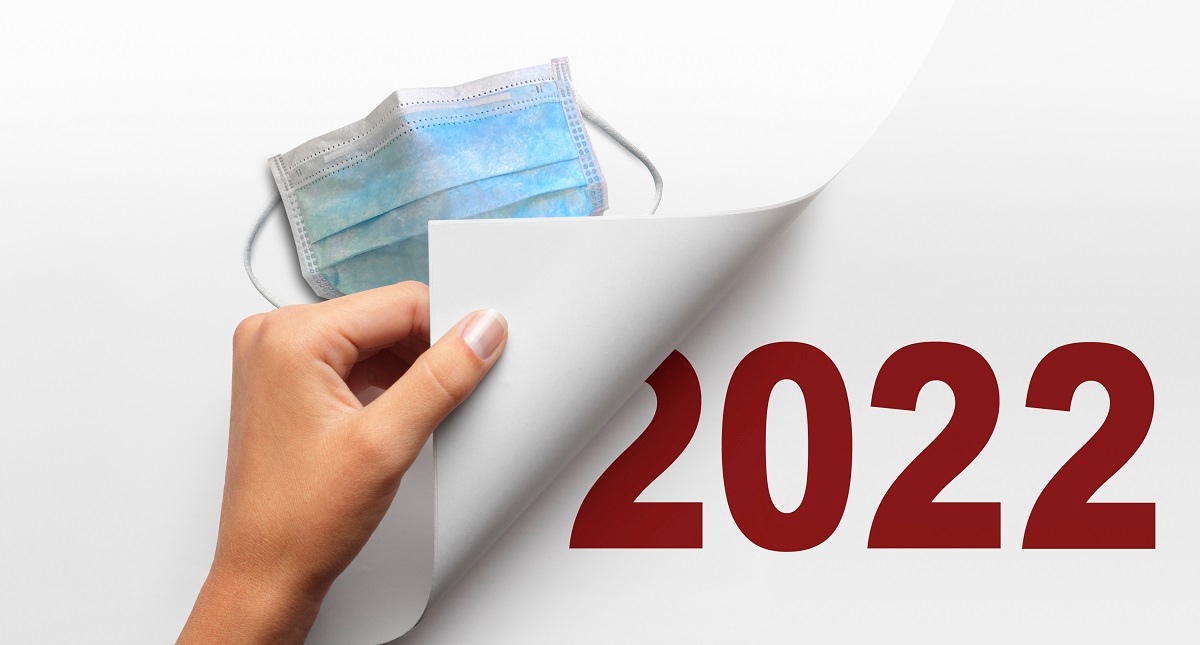
@ShahidNShah


It has been another torrid year for the world’s healthcare workers. COVID-19 has only compounded the emotional, physical and mental strain on a workforce that was already reporting burnout before the pandemic. The cracks are beginning to show: Healthcare workers are now retiring at a faster rate than anticipated, while demand for them is set to increase in coming years.
But new technology is riding to the rescue for the world’s overburdened doctors, nurses and support staff. Clinicians are increasingly harnessing artificial intelligence (AI) which works by gathering and analyzing mountains of data, and then churning out actionable insights to lighten their workload. For example, AI-enhanced software can help reduce the steps involved in imaging a patient, quickly identify abnormalities in a scan, and manage the flow of patients to an emergency room. This frees up clinicians to focus on their core mission: diagnosing and treating patients. Despite the potential of AI, the industry will need to tread carefully as it adopts the technology or they run the risk of increasing the burden on their workforce and aggravating burnout. In this series of predictions for the coming year, GE Healthcare explains how AI, if correctly applied, can bring relief to the world’s overloaded healthcare workforce.
Continue reading at gehealthcare.com
In past years, governments and health systems have explored ways to address health population management and chronic disease challenges. I’ve seen an increase in efforts to come up with new and …
Connecting innovation decision makers to authoritative information, institutions, people and insights.
Medigy accurately delivers healthcare and technology information, news and insight from around the world.
Medigy surfaces the world's best crowdsourced health tech offerings with social interactions and peer reviews.
© 2025 Netspective Foundation, Inc. All Rights Reserved.
Built on Dec 17, 2025 at 12:37pm